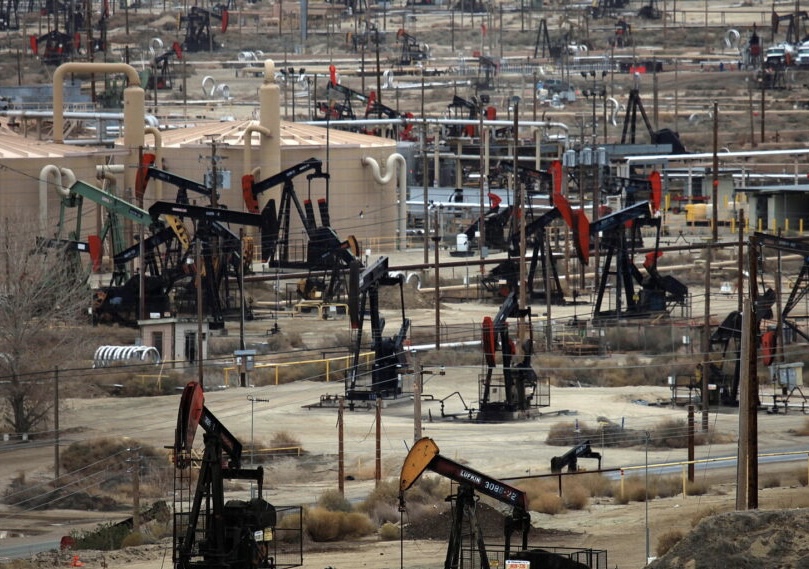KEY POINTS
- High costs and grid access limit oilfield electrification in the U.S.
- Small firms lead the way, but service firms face unique challenges.
- Electrification could cut oilfield emissions by up to 86%.
Efforts to electrify production in the U.S. oilfields are running into several obstacles, and many producers are struggling with high costs and inadequate access to the electricity network. These issues are presented in the last Dallas Fed Energy Survey, these challenges are slowing the transition from conventional diesel-mobile rigs to electrical modes.
Firms strive for greener solutions
Exploration and production (E&P) companies in Texas, northern Louisiana and southern New Mexico report that over half of E&P companies are planning to or have already implemented attempts at electrifying their equipment to lower emissions and noise. But this change has not been easy at all. Accessibility to the grid, stability of the grid, and high cost associated with electricity seem to be enormous challenges for several firms.
According to a report by OilPrice, only 18% of executives revealed that their companies have fully electrified the oilfield operations. An additional 6% of respondents would like full electrification, and 31% would like to take a partial approach. Also, 45% report that they have no plan for electrification.
Due to the problems of extending power infrastructure to small and rural consumers, and the overall regulatory and permit issues, this change is costly and complicated for many.
Smaller firms lead electrification efforts
Notably, the leading group in electrification are the small E&P firms that produce less than 10,000 barrels per day. Approximately 28% of these smaller companies are entirely electrified compared to 9% of support service firms and 6% are large E&P firms.
However, while the firms adhere to the adoption of electrification, others especially the oilfield service firms face some few challenges. Most service companies use mobile rigs for operations, which are constantly switching positions, making it impossible to install electric structures.
Also, suppliers have not developed suitable electric equipment for majority of the tools required in oilfield operations.
Future hurdles and emission goals
Electrification could reduce oilfield emissions by up to 86%, according to Rystad Energy. Even a partial shift could significantly cut pollution. However, many companies still view the high upfront costs and uncertainties about future grid stability as deterrents.
For electrification to succeed on a large scale, the industry will need improvements in power grid reliability and equipment availability.



